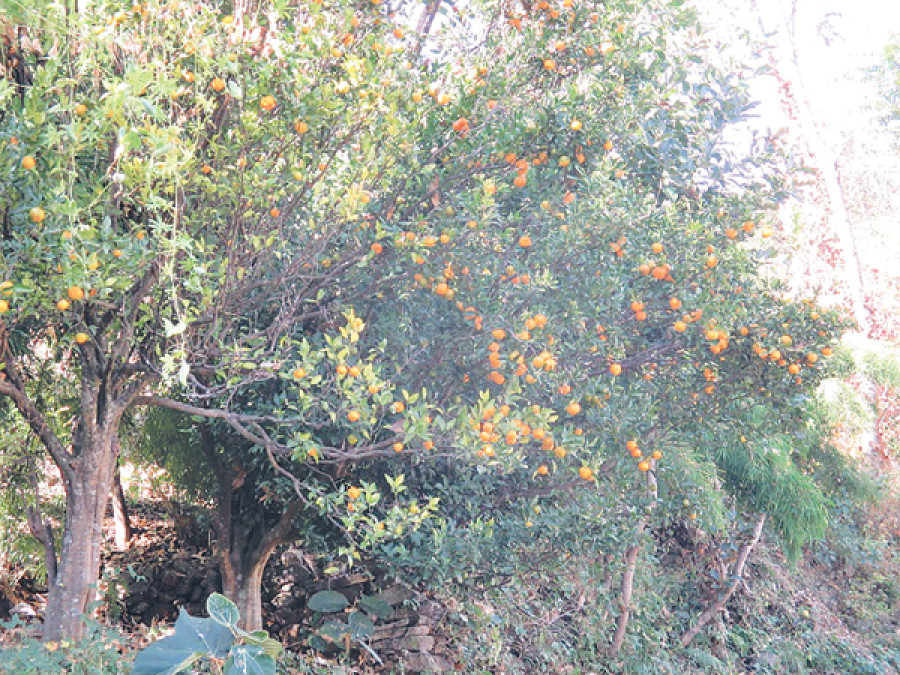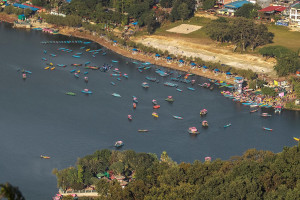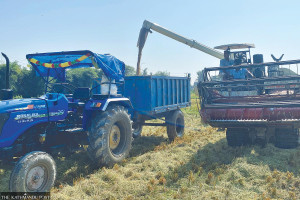Money
Orange farming boosts incomes in Darchula
Orange groves have been flourishing and farmers have been making good money despite a range of mysterious diseases and pests striking the district occasionally.
Manoj Badu
Orange groves have been flourishing and farmers have been making good money despite a range of mysterious diseases and pests striking the district occasionally.
Farmers in more than half a dozen village development committees in Darchula have been growing the fruit which has become a major source of income for them, according to the District Agriculture Office.
Nisil, Chapari, Bramhadev, Pipalchauri, Huti and Dhaulakot villages are known for growing oranges. The fruits produced in the district are even exported to neighbouring Dharchula in India.
Due to lack of roads, people in Darchula have to transport the oranges to the market at Khalanga Bazaar by carrying them on their backs in bamboo baskets. Many farmers have been shipping oranges to Dharchula, India using the ropeway. “I have earned around Rs80,000 from oranges this year,” said Man Singh Badal, a local farmer. Last year, his earnings totalled Rs135,000. However, production has dropped this year. “I am making good money and taking care of the family expenses,” he said. “Orange cultivation is profitable.”
Most farmers engaged in commercial orange farming have been earning Rs50,000 to Rs150,000 annually, said Khagendra Prasad Sharma, a senior agriculture development officer. “Despite lack of proper roads, farmers do not have problems shipping their products to market.”
However, an increase in pest attacks has worried farmers. A large number of farmers have lost their crops due to the damage caused to their farms by pests and diseases. As a result, the acreage devoted to commercial orange farming has started to decline.
Growers have been unable to identify the disease and control them. Agro experts said that climate change was a major reason behind the increased infection of orange trees. The government has been providing various technical support, including subsidies, to boost orange farming in the district.
There is a huge potential for commercial orange farming in Nepal’s mountain region, but only a few farmers are growing the fruit. Orange saplings are planted in July and they start bearing fruit after six to seven years.
Farmers said that growing oranges, the most popular fruit in Nepal, is very difficult because they have to look after the plant for many years when there is no income. Only when the trees starting bearing fruit do they make money. However, orange farming is much more profitable than the traditional upland annual crop system.
According to the District Agriculture Office, they
have been supporting
farmers by providing them a 50 percent subsidy on orange saplings and other farm technologies. Farmers also receive training to manage their orchard, said Sharma. “This fiscal year, we have planned to distribute 2,000 saplings at a subsidized rate.”




 16.12°C Kathmandu
16.12°C Kathmandu















